Follow these 10 SEO writing tips and techniques from Titan Growth to learn how to write SEO-friendly content and boost your site’s ranking. Good content and SEO are like two peas in a pod. You can’t have one without the other if you want your website or blog to rank high in search engine results pages.
Having a good website or blog is not just about having attractive visuals and useful content, it is also important to ensure that your website or blog ranks high in search engine results pages (SERPs). To achieve this, you need to have both SEO and content optimization.
SEO helps to increase the visibility of your website or blog in SERPs by making sure that your content is properly indexed and ranked for relevant keywords.
On the other hand, content optimization ensures that your site contains relevant and engaging content that is likely to draw visitors in. Without both of these elements working together, it will be difficult for your website or blog to rank high in SERPs.

Therefore, if you want to have a successful website or blog, it is important to ensure that both SEO and content optimization is taken into consideration when developing your web assets.
How to Write SEO-Friendly Content Marketing

1. Do Your Research – Research the keywords and topics related to your content before you start writing.
2. Keep it on-topic – Make sure that your content is focused on a single topic and is relevant to the audience you are targeting.
3. Use the Right Keywords – Choose the right keywords to optimize your content for search engines and make sure they appear in the titles, headings, and body copy of your article.
4. Optimize Your Metadata – Include the keywords in the metadata tags, such as the title tag, meta description, and image alt tags, so that search engines can identify what your article is about.
5. Link to Other Content – Linking internally to other content on your website can help boost rankings for certain pages and keep visitors engaged on your site longer.
6. Write Quality Content – Producing quality content that is original and informative will increase user engagement with your website, helping your rankings in search engine results pages (SERPs).
What is Good SEO Writing?
A good SEO copywriter will also understand the basics of latent semantic indexing (LSI) to further boost the position of the content. LSI is a way of writing that takes into account the relationships between words and concepts in order to better match a searcher’s intent.
This means creating content that contains relevant, targeted keywords and key phrases that are important to the target audience, while also providing useful information.
An effective SEO writer will have a good understanding of both on-page and off-page optimization techniques as well as technical details such as keyword density and meta tags. By following these practices, an SEO writer can create content that not only ranks higher in organic search results but also engages users.
SEO writing is the act of creating content with the goal of appearing as the top result in on a search engine such as first page of Google.
10 SEO Writing Techniques
1. Keyword Research – Knowing which keywords to target can help you create content with more relevance and visibility.
2. Write for Users, Not Search Engines – When crafting your content, focus on providing value to the reader rather than trying to optimize for search engines.
3. Create Unique and Compelling Titles – Titles are an important part of SEO writing, as they’re the first thing users see when they encounter your content in the SERPs or social media feeds.
4. Add Descriptive Meta Tags – Meta tags provide additional information about a web page and can help search engine crawlers better understand its content.
5. Use Structured Data Markup – Structured data markup helps search engines better parse and index web pages, increasing their visibility in search results
6. Include Internal Links – Internal links help search engines find more pages on your website and increase the overall authority of your domain.
7. Optimize Your Images & Videos – Images and videos can be optimized for SEO by including relevant keywords in their file names, descriptions, titles, etc., as well as using image sitemaps to help search engines crawl them effectively.
8 Utilize Outbound Links – Outbound links direct users to other websites that contain useful information related to the topic at hand; this also helps demonstrate expertise in a particular subject area and build relationships with other websites that may link back
Research & Understand Your Audience (Topics)

Researching and understanding your audience is essential when creating content. You need to understand who you’re talking to, what they want to know, and how best to engage them.
It’s also important to research the topics you’ll be writing about to ensure that your content is accurate and up-to-date.
When researching, look for sources of information from experts in the field as well as relevant statistics. This will help make your content more credible and valuable for readers.
Additionally, use SEO tools like keyword research and analysis to identify the best keywords for SEO purposes.
Use Keywords Strategically
Using keywords strategically is essential for SEO success. It’s important to understand what keywords are, how to find them, and how to use them in your content.

Keywords are words or phrases that people type into search engines when looking for information online. To optimize your content for search engine rankings, you need to use the right keywords in the right places.
One of the best ways to find relevant keywords is by using keyword research tools such as Google Keyword Planner or SEMrush. These tools will help you identify the most popular and relevant phrases related to your topic.
Once you’ve identified your target keywords, you can begin adding them strategically throughout your content. This includes using them in titles, headings, meta descriptions, and body copy.
When using keywords in your content, it’s important to keep things natural and avoid keyword stuffing, which is when a page is overloaded with too many keywords in an unnatural way. Instead, use variations of the target keyword throughout the post as well as synonyms and related terms where appropriate. This will help create a more natural flow for both readers and search engines alike.
By implementing these strategies for finding and using keywords strategically in your content, you can ensure that it ranks highly in search engine results pages (SERPs).
Craft Compelling Titles and Headings

A well-crafted title and heading can be the key to successful SEO copywriting. Titles and headings should not only be keyword-rich, but also compelling enough to draw readers in. When crafting titles and headings, consider the following:
1. Use relevant keywords that accurately reflect the content of the page.
2. Make sure your titles are short and to the point – use around 60 characters or fewer for search engine optimization purposes.
3. Include important information such as benefits and features in your title to make it more enticing for readers.
4. Use action words such as “Discover”, “Unlock” or “Learn” to create a sense of urgency in readers.
5. Consider using numbers or lists in titles to make them easier to scan.
6. Emphasize keywords by using bold or italics font styles where applicable.
7. Make sure all headings are properly formatted (H1, H2, etc.) for SEO purposes as well as readability reasons
Add Internal Links & Crosslinks
Internal links are links within a website that point to other pages within the same website. They are different from external links, which link to websites outside of the domain.
Internal links are important for SEO, usability, and user experience as they allow users to navigate between pages on a website easily and help search engines understand the structure of a website.
Adding internal links and crosslinks can improve your site’s ranking in search engine results pages (SERPs) and help users find the content they’re looking for more quickly.
When adding internal links, it’s important to ensure that you’re linking relevant pages together so that users and search engines can easily understand the structure of your website. When adding crosslinks, make sure that you’re linking related content together as this helps search engines understand what each page is about and how it relates to other pages on your site.
Using anchor text when adding internal links is also important because it helps both users and search engines understand what the link will lead to without having to click through.
For example, if you have an article about dog breeds then linking “dog breeds” in the body of your article will let both users and search engine crawlers know that clicking this link will lead them to further information about dog breeds.
Overall, adding internal links & crosslinks can be beneficial for both usability and SEO purposes. It helps users find related content more quickly while also helping search engine crawlers understand your website
 Source: neilpatel.com
Source: neilpatel.com
Keep Your Content Fresh and Updated
Good content is essential for successful SEO. Keeping your content fresh and up-to-date is not only beneficial for SEO, it also helps to keep your readers engaged. Regular updates to your website will help boost rankings and get more eyes on your content.
Additionally, updating old posts with new information can help increase the relevancy of the post and improve its performance in search engine results pages (SERPs).
When creating new content, be sure to use keywords that are relevant to the topic you are writing about. This will help ensure that search engines can easily find and index your content.
Additionally, using images and videos in addition to text can help draw attention to your site and make it more engaging for readers. Finally, be sure to promote your content via social media channels such as Twitter, Facebook and LinkedIn in order to reach a larger audience.
By following these simple tips, you can ensure that you are keeping your content fresh and updated while improving its performance in SERPs. This will help get more eyes on your content while making sure it is optimized for SEO purposes.
Utilize LSI (Latent Semantic Indexing) Keywords
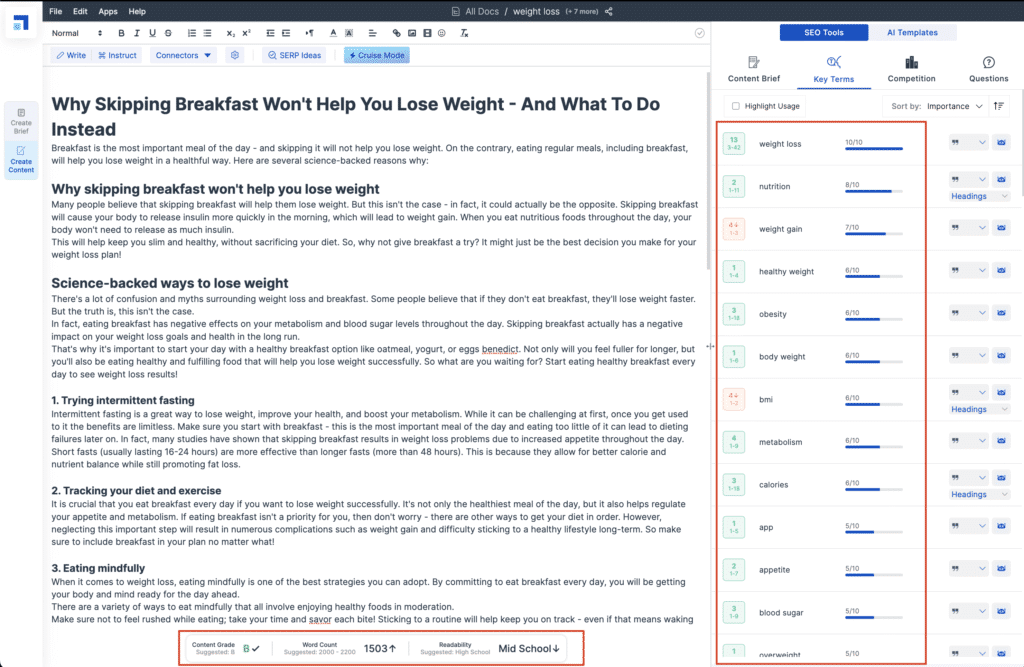
Latent Semantic Indexing (LSI) Keywords are a type of keyword related to the main keyword that helps search engines understand the content of a web page.
LSI keywords are based on the idea that using similar keywords throughout your content can help strengthen your topic or theme, thus providing better search engine rankings. Utilizing these types of keywords can be beneficial for SEO by enhancing website visibility in organic search results, as well as increasing website traffic.
When it comes to incorporating LSI keywords into your content, there are several methods you can use. One way to find relevant LSI keywords is by using online tools such as Google’s Keyword Planner or Ubersuggest.
Additionally, you can do manual research and go through related articles and blogs on the same topic for additional keyword ideas. Once you have identified potential LSI keywords, make sure to incorporate them into your text naturally without stuffing too many in one sentence.
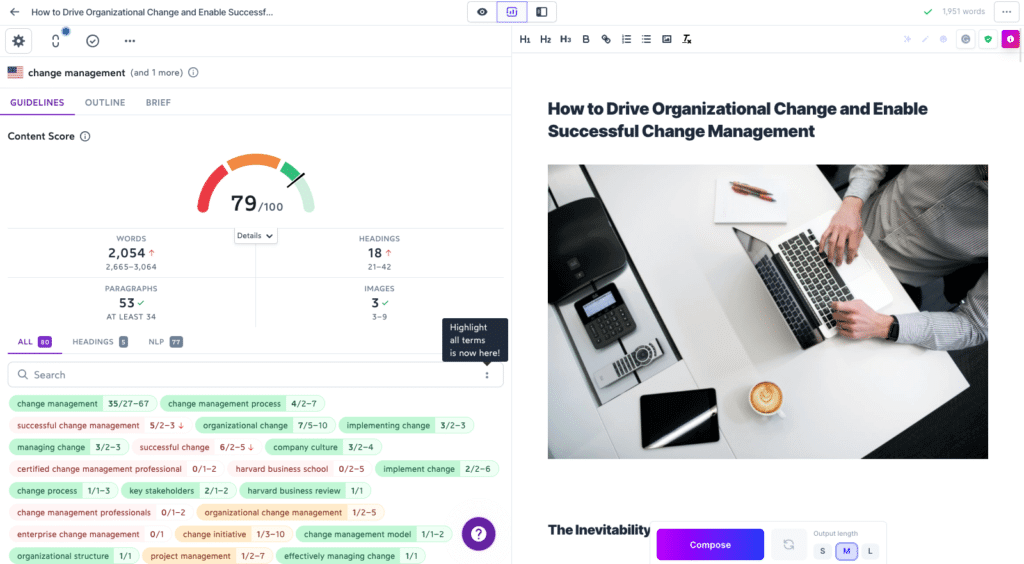
In summary, Latent Semantic Indexing (LSI) Keywords are conceptually related terms that search engines use to deeply understand the content on a web page and improve its rankings in organic search results. By utilizing these types of keywords in your content, you can benefit from increased visibility and website traffic.
To find relevant LSI keywords, you can use online tools or do manual research through related articles and blogs on the same topic. Make sure to incorporate them into your text naturally without stuffing too many in one sentence for effective
Optimize Images for SEO
Optimizing images for search engine optimization (SEO) is an often overlooked but important part of any successful website. Optimizing images can help improve rankings and website visibility, as well as increase traffic from Google Image searches.
To optimize your images for SEO, start by resizing them to the correct size. When images are too large, they can slow down your site’s loading time, which can reduce user experience and hurt your rankings. Additionally, compress the images to reduce their file size before uploading them to your server.
Next, give each image a descriptive filename that contains relevant keywords. This will help search engines understand what the image is about and index it accordingly. Also, use alt text when adding images to your website so that search engines understand what the image is about even if it doesn’t display correctly on a page.
Finally, create captions for all of your images that contain additional keywords relevant to the content on the page. Captions can also be used to provide more context or detail regarding an image and make it easier for users to understand what is being shown in an image.
By following these steps you can ensure your images are properly optimized for SEO and boost organic traffic from Google Image searches
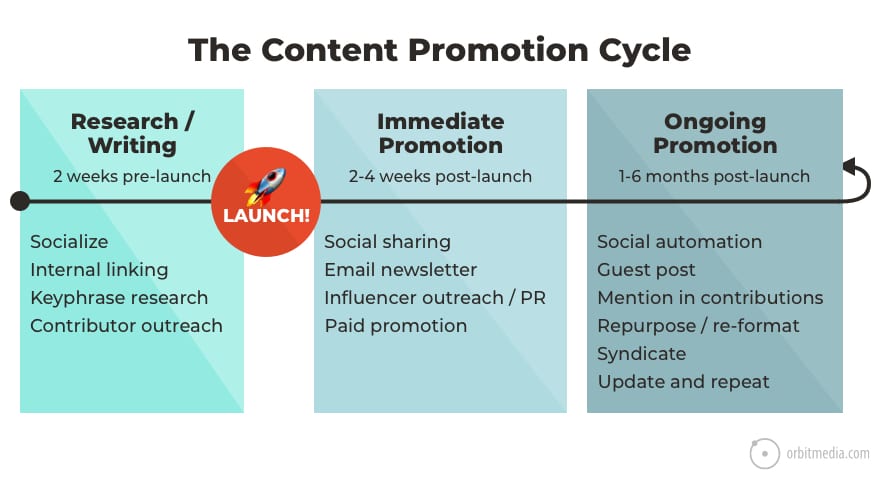
Source: www.orbitmedia.com
Leverage Social Media for Promoting Your Content
Social media is a powerful tool for content promotion. It allows you to reach potential customers and followers who may not have known about your content otherwise. You can post your content on any number of social media platforms, including Facebook, Twitter, Pinterest, Instagram, LinkedIn, and more. Additionally, you can use social media to engage with followers by participating in conversations and responding to comments.
When using social media to promote your content, it’s important to keep in mind the different platforms that are available and how best to use them for maximum engagement. You should also consider the types of content you’re posting – videos are great for Twitter and Instagram Stories while images may be better suited for Pinterest or Instagram feeds. Additionally, create a consistent brand voice across all of your social media channels so that your followers recognize your posts no matter where they see them.
Finally, don’t forget about paid advertising – this can be a great way to reach new audiences who may not have seen your organic posts before. With paid ads on Facebook or Instagram, you can target specific demographics or interests so that only those users who are most likely to engage with your content will see it in their newsfeeds or stories.
Monitor & Analyze Performance
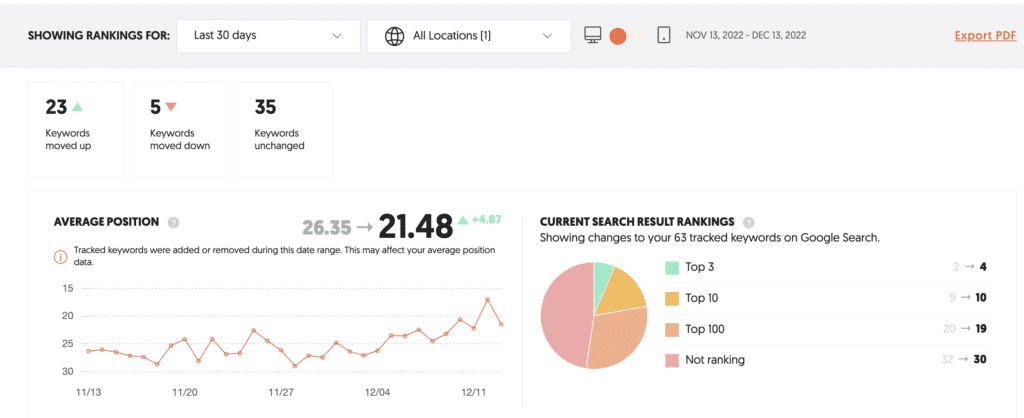
Monitoring and analyzing the performance of your content is essential for creating successful SEO-driven content.
Tools such as BuzzSumo, Google Analytics, and SEMrush can help you track important metrics such as keyword rankings, organic traffic, clickthrough rates, and more. These tools can also help you identify opportunities for improvement and enable you to adjust your strategy accordingly.
Additionally, regularly analyzing your website’s performance in relation to other sites in your industry can give you valuable insights into what types of content resonate with readers. With this information at hand, you can create more effective content that is better optimized for search engines.
Conclusion
Writing SEO-friendly content is an important part of website optimization. It requires a combination of keyword research, analytics proficiency, good copy skills, and an understanding of the audience.
To create effective SEO content, it is necessary to organize your content, optimize for featured snippets, and back up claims with facts and evidence.
Additionally, it is important to create blog posts that are appealing to both search engines and readers. By following these tips, you can create SEO-friendly content that will rank well in search engines and attract more visitors to your website.
FAQ: SEO Writing Tips
Is SEO content writing hard?
SEO content writing can be difficult if you don’t have a good understanding of SEO best practices and how to optimize your content for search engines. SEO content writers must stay up-to-date with the latest SEO trends and techniques to ensure their content is effective in driving traffic and conversions. It requires both technical know-how and creativity to craft engaging, optimized content that will rank well on search engine result pages.
Additionally, SEO content writers must also have an in-depth knowledge of keyword research and use relevant keywords throughout the article. While it does require effort and dedication, SEO content writing is not necessarily hard as long as you have the tools and resources necessary to create quality pieces of work. With practice, anyone can become an expert at SEO content writing.
How do you write for SEO content?
Writing SEO content is more than just stuffing a webpage with keywords. It involves researching the best keywords, creating content that is engaging and informative, and optimizing titles, headings, and body text with targeted keywords.
When writing SEO content, it’s important to consider the user experience as well as the search engine ranking factors. Content should be written in a way that is easy to understand and follow while also utilizing keyword phrases strategically throughout the text.
Additionally, it’s important to include relevant links within the content that point back to other pages on your website or other authoritative sources. Following these steps will help ensure that your content is optimized for both web users and search engines.
How do you write SEO content examples?
Writing SEO content examples requires the use of search engine optimization (SEO) techniques to ensure that your content is optimized for visibility in search engine results.
This includes using targeted keywords, creating quality content with relevant information, and optimizing the titles, headings, and other elements of the page.
Additionally, you should link back to other pages on your website or to external sources when appropriate. When done correctly, this can help your page rank higher in search engine results and increase its visibility.
Lastly, remember to update your content regularly so that it stays current and relevant — this will help your readers find the information they need quickly. Following these steps will help you create SEO-friendly content that is sure to draw readers in.
Is your SEO article writing accurate, relevant, and user-friendly?
It is essential that SEO article writing is accurate, relevant, and user-friendly. Creating content that is both informative and engaging can help to drive traffic to your website and improve your rankings in search engine results. It should be easy for readers to read and understand what you are trying to say, as well as be optimized for search engines.
Additionally, the content should be updated regularly so that it remains up-to-date. SEO article writing should also include keywords to ensure that it is properly indexed by search engines.
Finally, the content must be relevant to your target audience, so that it resonates with them and encourages them to take action or convert on your website. When done correctly, SEO article writing can be a great way to boost organic search engine traffic and engagement on your website.



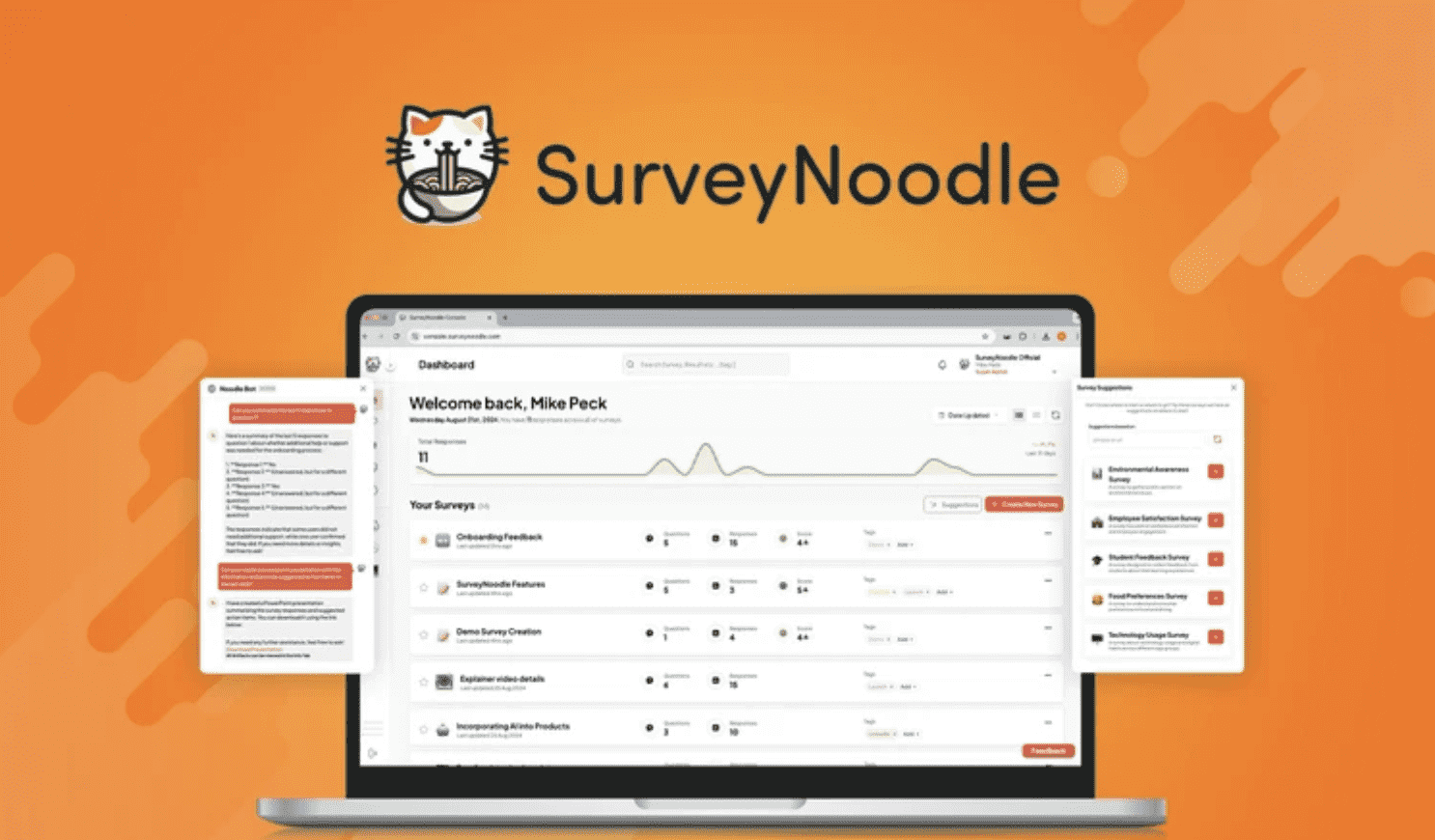



![SaaS Lifetime Deals: Which Platform & Are They Worth the Investment [In 2025]? AppSumo Saas Lifetime deals](https://eebfoenrqrf.exactdn.com/wp-content/uploads/2023/08/AppSumo-Saas-Lifetime-deals-450x261.png?lossy=1&ssl=1)

![Best SaaS Sales | Everything You Need to Know in 2025 Best SaaS Sales in [current_year].](https://eebfoenrqrf.exactdn.com/wp-content/uploads/2022/12/SAAS-SALES-450x253.png?lossy=1&ssl=1)